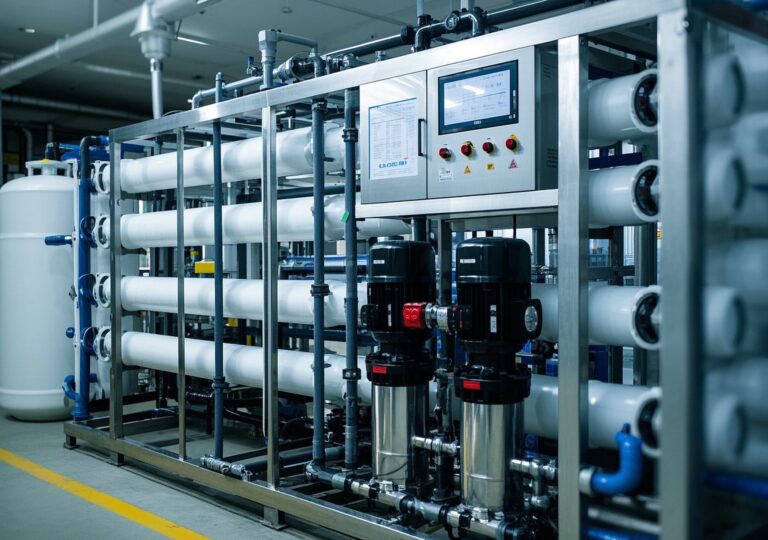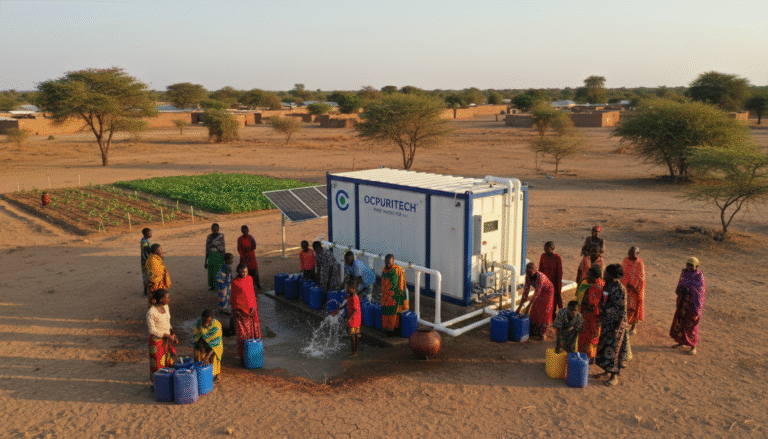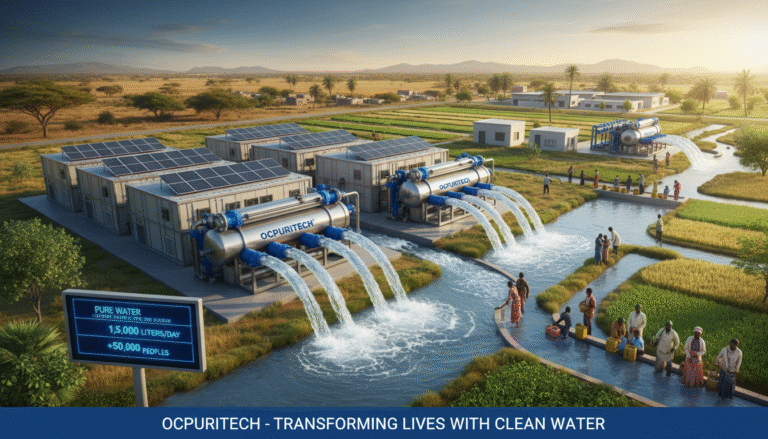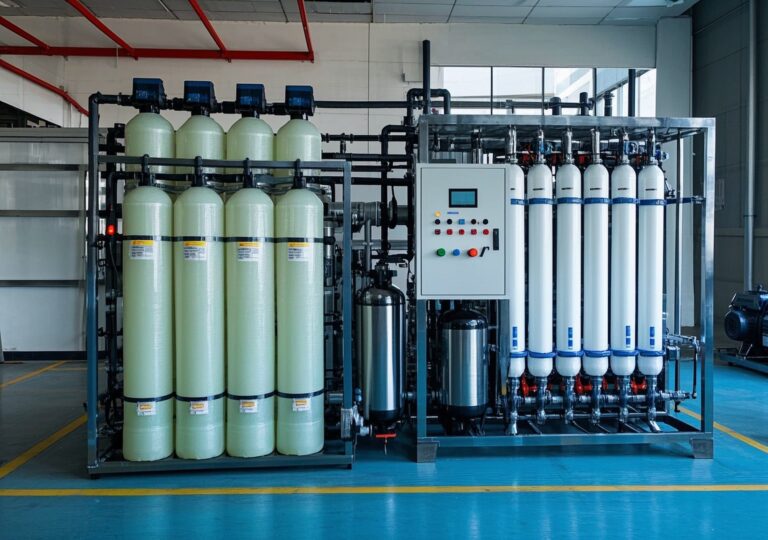Zealous Engineers Unlock Global Water Security with water treatment ro
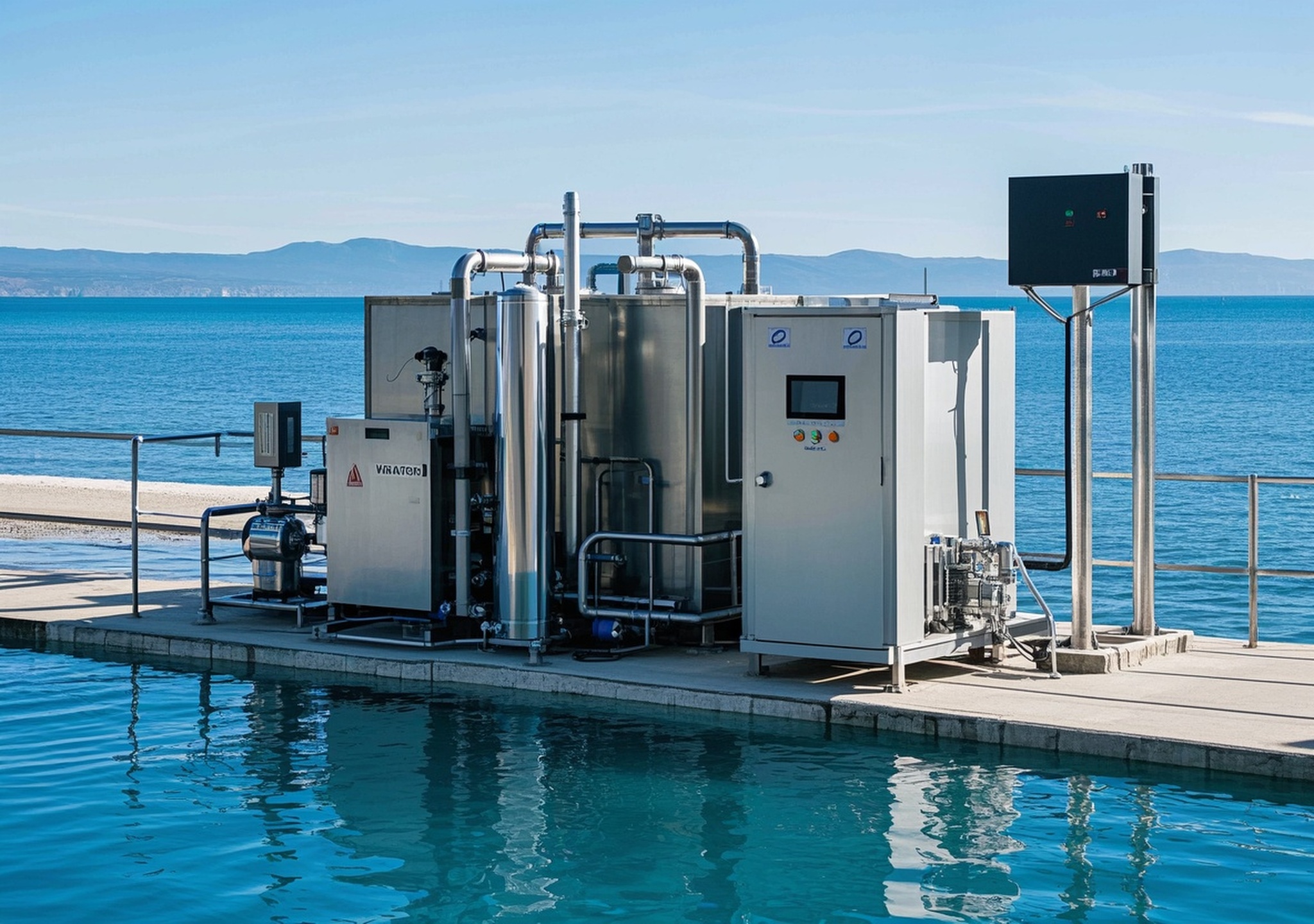
Zealous Engineers Unlock Global Water Security with water treatment ro
In the face of mounting global water scarcity, driven by population growth and climate change, innovative solutions in water purification have become more vital than ever. Among these, water treatment RO technologies—especially reverse osmosis-based desalination—stand out as game changers in delivering potable water from seawater and brackish sources. This article delves deep into the technological foundations, strategic importance, and practical applications of these systems, highlighting how dedicated engineering efforts unlock new horizons for global water security.
1. Industry Background and Corporate Expertise
The landscape of industrial water treatment and maritime desalination has evolved significantly, with specialized companies excelling in the delivery of compact, efficient, and scalable purification solutions. These enterprises leverage decades of experience designing reverse osmosis membranes and integrated filtration systems optimized for harsh marine environments and high-demand industrial contexts. Their core competencies encompass advanced membrane technologies, automated control systems, and modular designs that adapt to diverse operational requirements.
2. Overview of Water Treatment RO Systems
The backbone of modern water purification lies in a variety of water treatment RO configurations. Primarily, systems include:
- Reverse Osmosis Membrane Units: Utilization of semipermeable membranes that filter contaminants down to a molecular level, effectively removing dissolved salts, heavy metals, and pathogens.
- Pre-treatment Filters: Multi-stage filtration processes removing particulates and organic matter to prolong membrane life and improve system efficiency.
- Containerized Systems: Modular, skid-mounted or container-based units designed for rapid deployment and easy transport, suitable for offshore or remote sites.
- Ultraviolet and Ozonation Sterilization: Employed post-RO to ensure biological safety and reduce biofouling risks.
These solutions range in scale from small residential units producing a few cubic meters per day, to robust industrial installations capable of treating thousands of cubic meters daily, accommodating a power spectrum from tens to several hundred kilowatts.
3. Water Treatment RO in Seawater Desalination Systems
Reverse osmosis technology is particularly indispensable in seawater desalination, converting high-salinity seawater into safe drinking water. Key performance markers include:
- Salt Rejection Rates: >99% removal of dissolved salts, ensuring compliance with potable water standards.
- Energy Efficiency: Integration of energy recovery devices and high-efficiency pumps reduces consumption significantly compared to traditional thermal methods.
- System Reliability: Advanced automation for real-time monitoring and self-cleaning functions enhances uptime even under demanding conditions.
My involvement in multiple coastal desalination projects revealed that systems incorporating state-of-the-art RO membranes achieve over 90% operational availability and reduce energy costs by up to 20% compared to earlier generations, underscoring the practical and economic benefits of these technologies.
4. Global Water Scarcity and the Strategic Role of Desalination
Worldwide freshwater resources are increasingly strained by urbanization, drought, and industrialization. According to recent market analyses, the global desalination market is slated to grow by over USD 10 billion between 2024 and 2029, with a CAGR of 8.9% (“Desalination Market Growth Analysis – Size and Forecast 2025-2029,” Technavio). The integration of advanced water treatment RO technologies is pivotal to this expansion, offering scalable and comparatively climate-friendly solutions to regions with scant freshwater.
This global trend underscores desalination’s strategic role as a reliable freshwater source, especially for coastal cities in arid regions and island nations where groundwater and surface water are limited. The ability of RO systems to convert brackish and seawater bolsters resilience against drought and climate variability.
5. Technological Innovations in Next-Generation Systems
Recent innovations have propelled water treatment RO systems beyond traditional limits, featuring breakthroughs such as:
- High-Selective Membranes: Enhanced membranes tailored to reject a broader spectrum of micropollutants with reduced fouling.
- Energy Recovery Modules: Devices recovering up to 50% of the energy from brine discharge, cutting operating costs.
- Intelligent Control Platforms: AI-powered monitoring and predictive maintenance systems that optimize operations and minimize downtime.
In a project I managed for an offshore platform, implementing next-gen RO membranes coupled with energy recovery enabled a 15% reduction in power consumption compared to legacy systems, while water quality improvements met the increasingly stringent international regulations.
6. Technical Principles of Seawater Desalination
Seawater desalination via water treatment RO involves several critical stages:
- Pre-treatment: Removal of suspended solids, microorganisms, and chemical contaminants through filtration and dosing, protecting RO membranes.
- Reverse Osmosis Process: Pressurized seawater is forced through semipermeable membranes that block salts and impurities.
- Post-treatment: Adjusting pH, disinfection (e.g., UV, ozonation), and remineralization to ensure potable water quality compliant with health standards.
The dominant technology revolves around membrane modules with polymer-based thin-film composites, valued for their permeability, selectivity, and durability under saline conditions. Careful management of feedwater quality and membrane cleaning protocols are essential to prolong membrane life and system efficiency.
7. Diverse Application Scenarios and Customization
Water treatment RO systems show versatility across sectors:
- Yachts and Leisure Vessels: Compact desalination units fitting constrained spaces while providing fresh water autonomy.
- Nearshore and Offshore Platforms: Robust, corrosion-resistant systems customized to handle variable sea conditions and supply crew potable water.
- Harsh Environment Operations: Special designs including reinforced housings and automated cleaning for desert or tropical island installations.
Onboard a recent marine expedition, customized containerized RO units were installed that delivered up to 5,000 liters daily with minimal operator intervention, demonstrating adaptability to exacting operational needs.
8. Compliance with Regulations and Industry Standards
Ensuring that water produced meets international health and environmental regulations is non-negotiable. Leading water treatment RO products comply with:
- Marine certifications including ISO and maritime safety agencies’ standards
- Environmental compliance for brine discharge and chemical usage
- Drinking water quality standards such as WHO and EPA guidelines
Manufacturers implement rigorous quality control and testing protocols, backed by third-party certifications and warranty guarantees, which have proved crucial in gaining trust in critical markets.
9. Sustainability and Environmental Responsibility
Modern systems address ecological concerns proactively by:
- Integrating renewable energy sources such as solar or wind to power desalination units, reducing carbon footprint.
- Employing efficient brine management practices to minimize saline discharge impacts on marine ecosystems.
- Advancing chemical-free sterilization methods and materials recycling programs.
My experience working on projects in environmentally sensitive zones involved collaboration with marine biologists to tailor brine dispersion systems, ensuring negligible ecological disturbance while maintaining high operational efficiency.
10. Manufacturing Excellence and Global Support
Reputable companies in the water treatment RO sector boast:
- High-capacity manufacturing facilities producing extensive model ranges—including skid-mounted units, containerized plants, and bespoke designs.
- Comprehensive customization capabilities addressing specific salinity levels, production capacities, and environmental challenges.
- Robust global after-sales networks providing installation, maintenance, and training services to guarantee optimal lifecycle performance.
Such infrastructure empowers clients worldwide to deploy reliable desalination and purification plants, mitigating water scarcity effectively.
11. Conclusion
As the water crisis intensifies, the role of advanced water treatment RO systems becomes increasingly pivotal. Through relentless innovation, meticulous engineering, and sustainable practices, these technologies transform seawater into life-sustaining fresh water. Companies at the forefront of this field combine cutting-edge membrane science with eco-conscious design and rigorous quality management to fulfill global demand.
For stakeholders seeking resilient, scalable, and environmentally responsible water solutions, engaging with these experts presents an opportunity to contribute meaningfully to global water security and sustainable development.
Contact industry leaders to explore tailored water treatment RO solutions designed to meet your unique water challenges.
References
- Technavio – “Desalination Market Growth Analysis – Size and Forecast 2025-2029”
- Research and Markets – “Desalination Market 2025-2029”
- Bonafide Research – “Global Point of Use Water Treatment System Market Outlook, 2030”
- Centre for Future Generations (Grand View Research) – “Supporting Climate Security – Strategic Innovation for European Security part 2”

